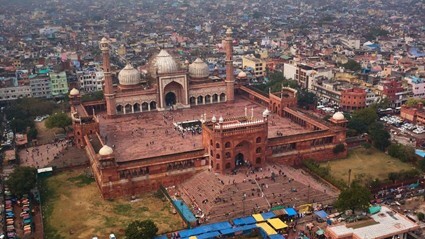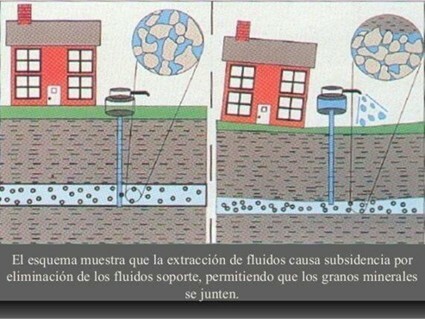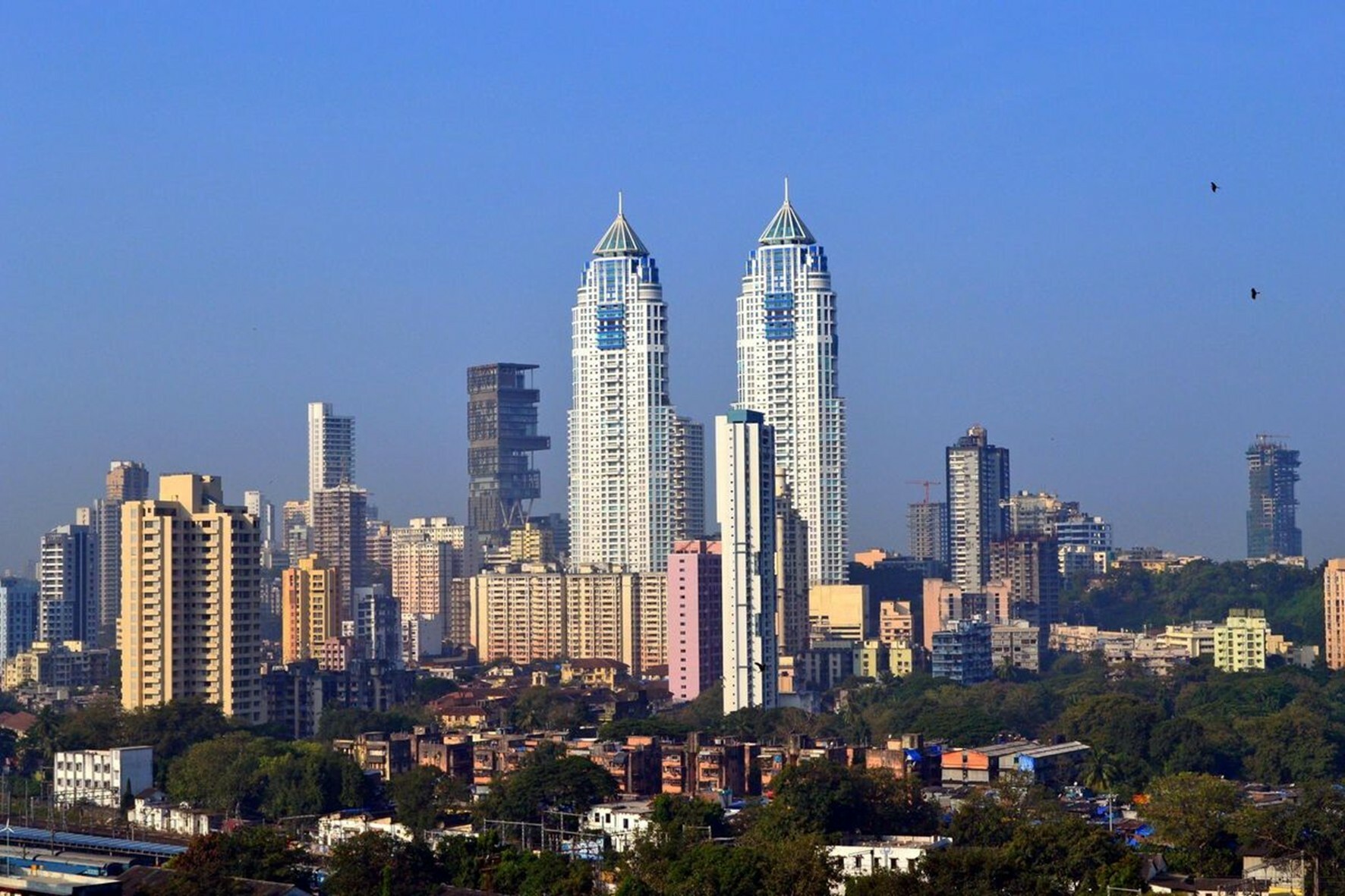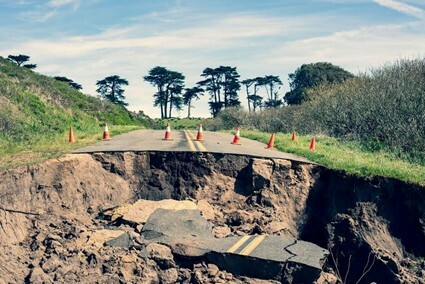The ground is sinking beneath major Indian cities, threatening millions of people
The subsidence is due to excessive groundwater extraction

Something truly alarming is happening in India: the ground beneath its major cities is slowly but inexorably sinking, endangering thousands of buildings and the lives of millions of people, according to scientists at Virginia Tech.
The cause of this ground subsidence is linked to the excessive extraction of groundwater for agriculture and human consumption, stated Susanna Werth, assistant professor of geosciences and co-author of the article published in Nature Sustainability.

“When cities extract more water from aquifers than nature can replenish, the ground literally sinks,” Werth explained. “Our study shows that this overexploitation of groundwater is directly linked to structural weakening in urban areas,” he added.
Precise satellite measurements
Using satellite radar data from 2015 to 2023, the research team measured differential ground subsidence, a phenomenon also called subsidence, in New Delhi, Mumbai, Chennai, Calcuta and Bangalore, which include more than 13 million buildings and are home to nearly 80 million people.
The results revealed that 878 square kilometers of urban land are sinking, with subsidence rates exceeding 4 millimeters per year and nearly two million people directly affected.

The study estimates that 2,406 buildings in New Delhi, Mumbai, and Chennai are already at high risk of structural damage. If current subsidence trends continue, more than 23,000 buildings could face very high risk within the next 50 years.
Land subsidence also exacerbates the threats of floods and earthquakes. When a city’s ground sinks unevenly, it weakens building foundations, damages utility lines, and increases structural vulnerability.
A silent pressure that can cause disasters
“The silent pressure we see today could trigger disasters tomorrow if cities do not adapt their infrastructure and groundwater management policies,” says lead author Nitheshnirmal Sadhasivam.
According to co-author and associate professor Manoochehr Shirzaei, the study demonstrates the value of cutting-edge satellite techniques in preventing tragedies.

“Our research shows how satellite-based land mapping techniques can reveal risks that would otherwise remain hidden until a collapse occurs,” Shirzaei said.
“Investing now in adaptation, through groundwater regulation, resilient design and monitoring, will save lives and resources in the long term.”
The findings have implications beyond India, warning that subsidence-related damage to buildings is a growing global problem. As more cities rely on overexploited aquifers and expand rapidly, subsidence will continue to erode the safety of infrastructure worldwide.